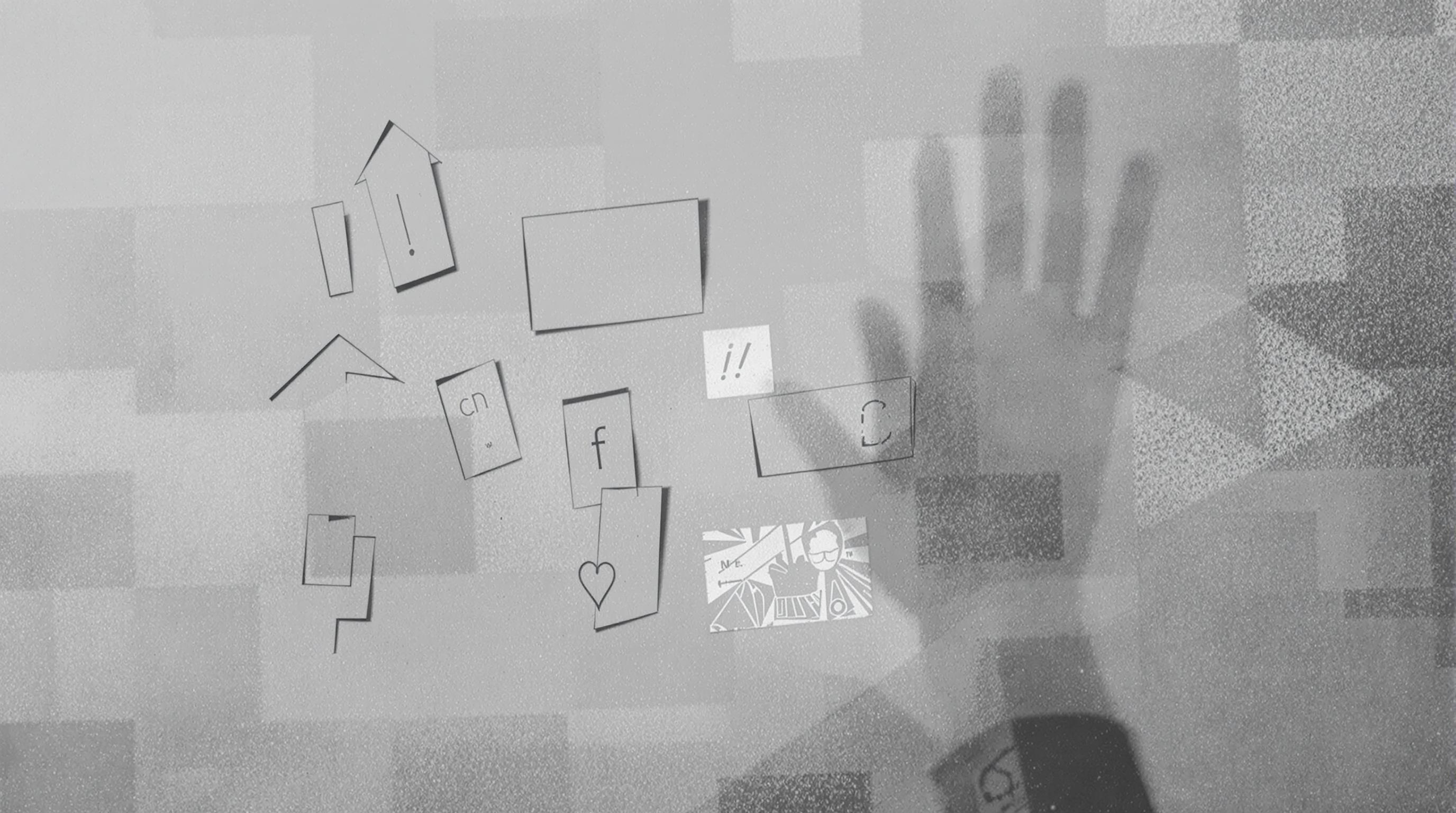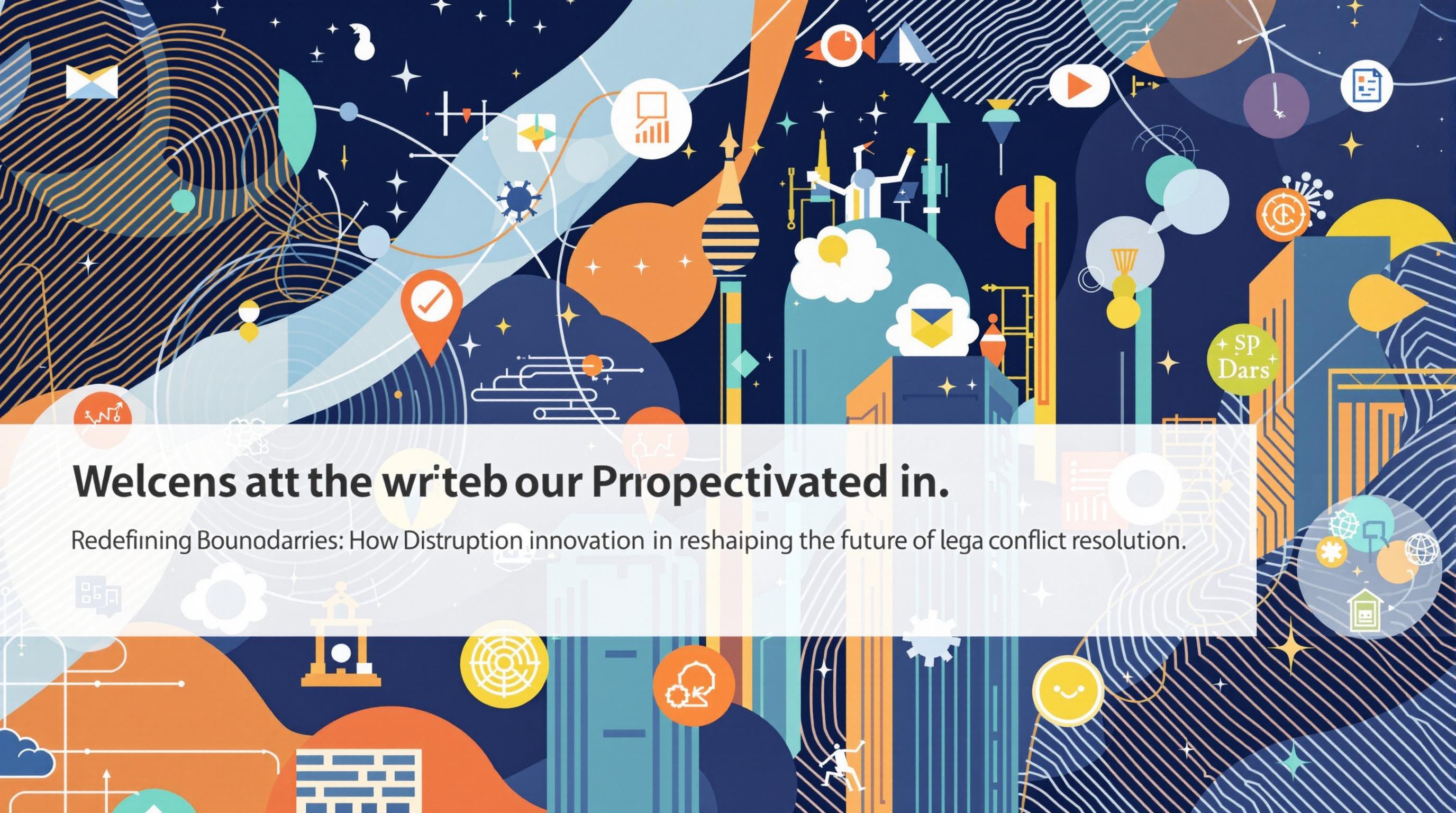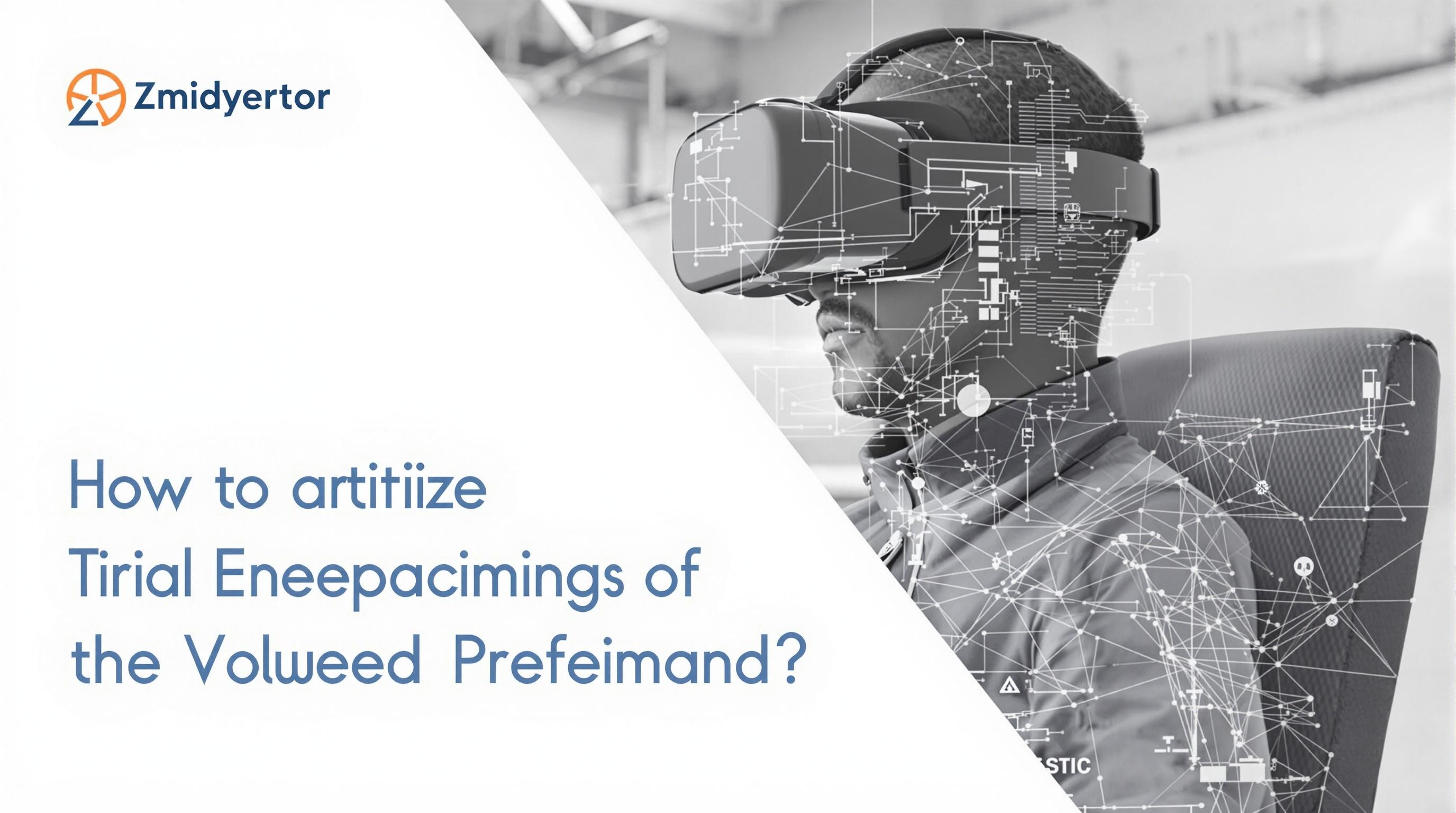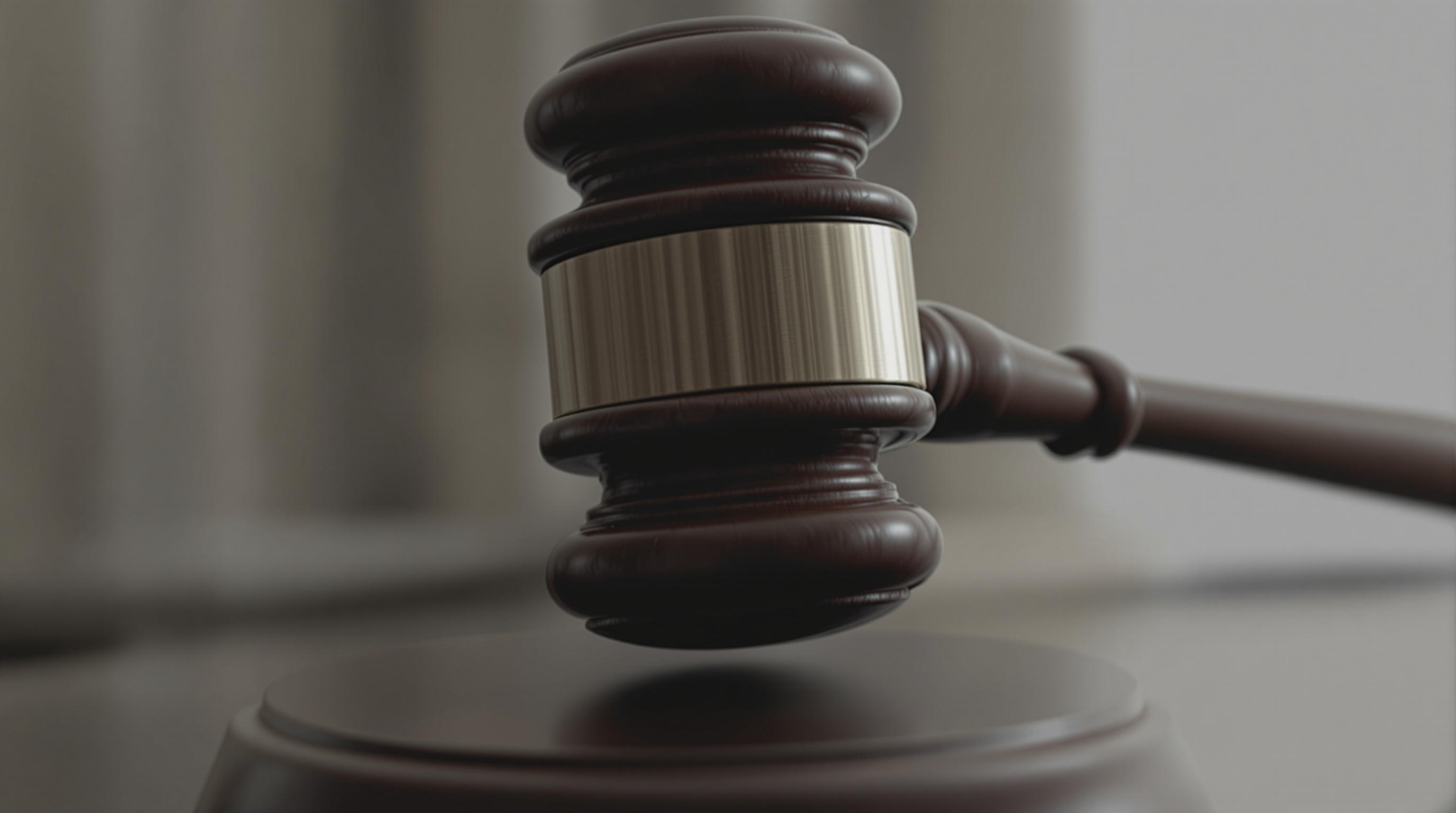Related Articles
- Redefining Boundaries: How Disruptive Innovation is Reshaping the Future of Legal Conflict Resolution
- The Future of Litigation: How Virtual Reality is Transforming Trial Preparation and Witness Testimony
- The Hidden Power of Narrative: Crafting Compelling Legal Stories Amidst Procedural Complexity
- Evolving Benchmarks: The Unexpected Impact of Pop Culture on Legal Precedents and Jury Perception
- Jurisdictional Jigsaw: How Globalization is Redefining Legal Practice and Client Representation in Uncharted Territories
- Legal Futures: The Overlooked Impact of Augmented Reality on Contract Negotiation and Dispute Resolution
The Hidden Power of Narrative: Crafting Compelling Legal Stories Amidst Procedural Complexity
The Hidden Power of Narrative: Crafting Compelling Legal Stories Amidst Procedural Complexity
The art of storytelling in the legal realm holds transformative potential, enabling attorneys to connect with juries and judges amid intricate procedural landscapes. This article explores the hidden power of narrative in legal practice, blending compelling anecdotes, case studies, and data to illuminate techniques that can elevate legal storytelling.
Understanding the Legal Landscape
Imagine a courtroom filled with tense energy, the weight of judicial robes amplifying every word spoken. In such an environment, where facts often get buried under layers of legalese, the importance of narrative becomes clear. As_data from the National Center for State Courts suggests, 77% of jurors agree that storytelling enhances their understanding of complex cases (NCSC, 2020). When faced with waves of dry statutes, a compelling narrative can be the beacon guiding jurors through the fog of legal complexities.
The Basics of Legal Narrative
So, what does it mean to weave a narrative within the boundaries of the law? Simply put, it's about framing the facts in a manner that resonates emotionally with your audience. The methodology of building a narrative encompasses a few essential elements: character, conflict, and resolution. Take a moment to think about your favorite movie; these same principles apply!
Character
Characters drive narratives—this is true for both fiction and legal cases. Your client, the plaintiff or defendant, must be relatable. As an attorney, your job is to humanize your client, helping the jury connect with their plight. A compelling character motivates empathy, prompting jurors to imagine themselves in your client's shoes. In one notable case, defense attorney Clarence Darrow seized the jury's attention by sharing his client’s challenging past, turning statistics into a poignant portrait of humanity (Gathering Stories, 2019).
Conflict
Every good story has conflict, and legal cases are no different. This aspect often includes the moral or ethical dilemmas faced by the client. For instance, consider a personal injury case where the injured party battles against a large corporation. Presenting this conflict to the jury not only highlights the stakes but gives them an emotional hook to latch onto, making the facts feel vividly real rather than abstract concepts. It's about igniting that spark of injustice that m oxes jurors to slay the proverbial dragon in front of them.
Resolution
Finally, the resolution is critical—it’s the capstone of your narrative. The jury needs to feel not only satisfied with the resolution but also compelled to act on it. In their decision, they’re not just evaluating facts; they are responding to the emotional journey you've crafted. According to a study in the Journal of Legal Studies, jurors are 40% more likely to favor a verdict that resonates emotionally with them compared to a purely logical argument (Roberts, 2021). The resolution would ideally illustrate not just legal rights but also human interests.
Crafting Your Narrative: Techniques and Strategies
Crafting a compelling narrative requires creativity, careful planning, and, most importantly, an understanding of your audience. Here are several practical techniques:
Utilize Visual Aids
Yes, even in a courtroom setting, visuals can be a powerful tool. They help paint a picture—quite literally! Use diagrams, charts, or even multimedia presentations to enhance your narrative. According to a study performed by the Wilkes University School of Business, 65% of people are visual learners; thus, visuals can effectively strengthen your argument. Consider illustrating the timeline of events in a case visually to help jurors grasp complex chronological sequences at a glance.
Engage through Emotion
One of the greatest tools an attorney can wield is the power of emotion. Connect with the jurors at a personal level. A heartfelt story serves as more than an anecdote; it’s a bridge toward empathy. In a fraud case involving an elderly victim, an attorney shared the victim's cherished family memories that were lost due to the deception, leaving a significant emotional impact (Legal Storytelling, 2021). Such heartfelt moments resonate and linger long after the case concludes.
The Science of Storytelling
It may be surprising, but there’s a wealth of scientific evidence that underscores the effectiveness of storytelling in legal settings. Neuroscience has shown that stories activate parts of the brain that pertain to emotions and empathy. The “mirror neuron” theory suggests that when we hear a story, our brain can simulate the experience, allowing us to 'feel' what the characters feel. According to researchers at Princeton University, stories can synchronize brain activity among listeners, resulting in increased understanding and retention of the material (Princeton Study, 2020).
Case Study: The Power of Persuasion
Consider the landmark case of McDonald v. Chicago. In this case, attorneys framed the narrative around the idea of individual freedom and public safety, both of which resonated deeply with the jury. The emotional aspect played a pivotal role, captivating jurors to see things not just legally, but personally. At the end of the trial, many jurors reported being influenced by the emotional testimony they heard, leading to a unanimous vote in favor of the plaintiffs—illustrating the profound potential of legal storytelling.
Strategies for Legal Storytelling
Whether you're preparing for a trial or writing a legal brief, solid storytelling strategies make all the difference. Here are some ways to enhance your craft as a legal storyteller:
Know the Law and Your Audience
Expertise in legal statutes is non-negotiable; however, understanding your audience is just as crucial. Tailor your narrative style to fit the demographic of your jury or judge. Recognize their beliefs, preferences, and backgrounds. For example, presenting a narrative focused on community values of justice may resonate differently with jurors from a suburban area compared to those from an urban environment. As a result, customization is key in appealing to emotions and convictions. The connection you create through your words can significantly sway a verdict.
Practice, Practice, Practice
Just like any art form, storytelling improves with practice. Rehearse your narrative aloud, ideally in front of colleagues or mentors who can provide constructive feedback. This step isn’t just about memorizing; it's about refining your delivery and ensuring the emotional beats land effectively. The art of storytelling in law is like performing—confidence and fluency come from repeated practice!
The Unexpected Twist
As an attorney, embracing your storytelling side may seem daunting, but authenticity can work wonders. An attorney once made light of their own clumsiness during a case about a construction accident. They shared a humorous, albeit self-deprecating story about tripping over a safety cone at the site, contrasting their clumsiness with the seriousness of construction safety protocols. This unexpected humor created a bond with the jury, diffusing tension and inviting jurors to connect with an otherwise weighty narrative.
Digital Age Influence
In an age where the digital narrative reigns supreme, legal professionals must adapt to new storytelling methods. Creating engaging content for blogs, podcasts, and social media can expand your reach and influence. With the average attention span measuring around 8 seconds (British Psychological Society, 2023), delivering concise and engaging stories can help attorneys capture public interest. As an attorney or legal marketer, harnessing this power can elevate your narrative beyond the courtroom.
Ethical Considerations in Storytelling
However tempting it may be to embellish facts for drama's sake, lawyers must tread carefully. Ethical considerations should guide legal storytelling; misrepresentation can lead to severe penalties. Ensure the narrative is truthful, balanced, and backed by evidence. The line between storytelling and misinformation can be thin, and navigating this terrain ethically is paramount for a successful legal career.
Conclusion: The Narrative You Weave
In conclusion, the true potential of legal storytelling lies within its ability to transform complex narratives into relatable human experiences. By employing techniques that evoke emotion and engagement, legal professionals can thrive in serving justice amidst procedural complexity. The art of storytelling is more than a strategy; it's a responsibility toward both clients and jurors. As you craft your narrative, remember, every case is a chance to connect, inspire, and ultimately persuade.
So the next time you prepare for a court appearance or a negotiation, think of yourself as a storyteller. Engaging narratives have the capacity to illuminate the path to justice, making your fight not just a legal obligation but a profoundly human endeavor.




